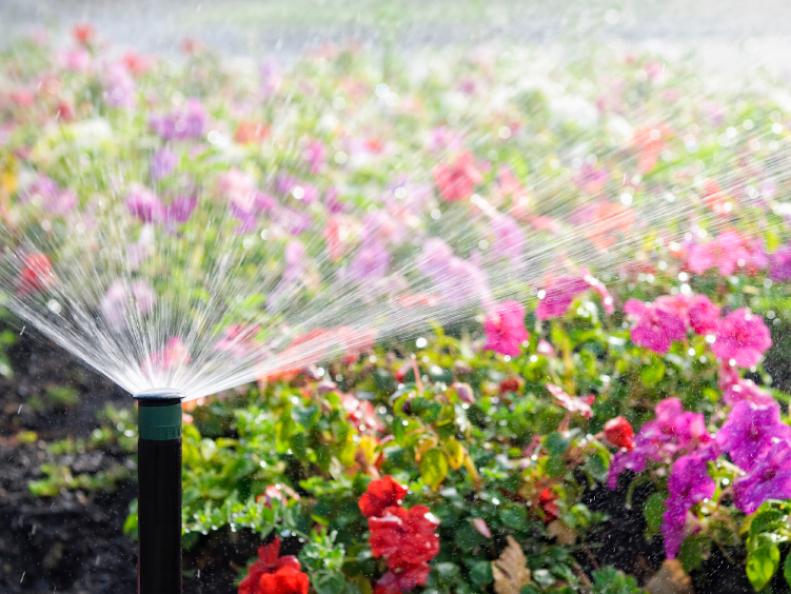1 / 5
Above-Ground Sprinkler
Above-ground sprinklers are a popular method for irrigating large, open areas like lawns. Typically connected to a hose, these systems distribute water in a uniform manner and come in stationary, oscillating and rotating models.









